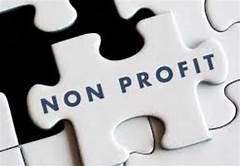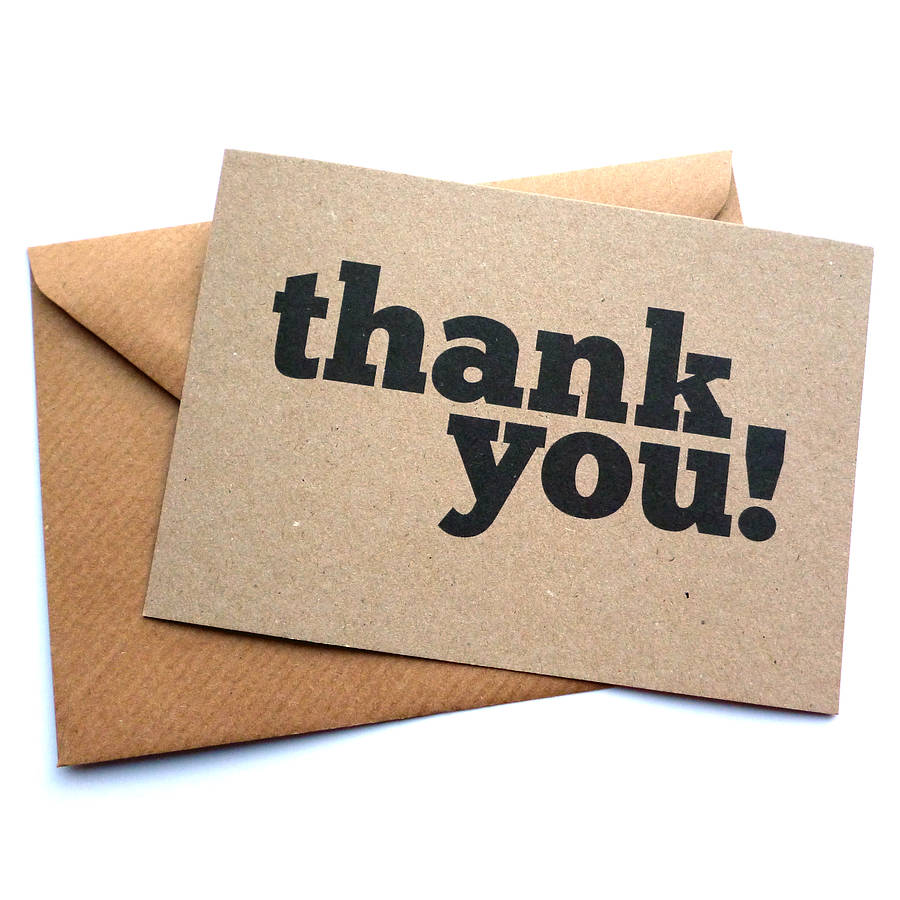Congrats, if you are reading this, you survived 2020! That in and of itself is a significant accomplishment after this unforgettable year. Let’s take advantage of the last days of the year to set 2021 up for success.
Wishing you peace, health, happiness and success,
The Team at WGW
5 Simple & Impactful Ways to Wrap Up 2020
- Prepare your team for the end of year giving
Turn team fatigue into a drive for success! End of year giving is a sprint to the finish line. We all know what it feels like to be at a stopping point, channeling every ounce of energy to bring your best for the final moments of 2020! What your team needs now are preparation and motivation.
Test Online Giving Systems with your “Donor” hat on! If it is tedious, frustrating, or confusing for you, make the change now before you go live to your donor base. Make your online experience quick, seamless, and to the point. Emails and web pages with too many words, and lots of scrolling will get overlooked.
Storytell Impact With Examples, our pro-tip is to tell donors exactly how their money will be used. Up your game by sharing this messaging with compelling visuals, heartfelt testimonials, and clearly defined giving levels and impact. Get more by Tailoring your “Ask” for specific groups of potential donors. Know who you are trying to reach and think about how you would best communicate with them. Diversified messages resonate better when soliciting a broad donor base.
Video Project Gallery | O,Miami
- Write a short statement about your organization’s current mission, how you plan to fulfill it in 2021, and who you impact by fulfilling your mission.
Think about why your organization exists in the first place. Remember how you felt when you founded or joined the organization. What were you passionate about, what emotions came up, what inspired you? Use those thoughts as a starting point to craft an emotional, creative, and descriptive case for support. Don’t be afraid to re-educate your audience about your cause, share stories about your mission and impact, and reveal why it’s essential to fulfill now.
For example, It’s easy to say that a food bank exists to provide food for resource-strapped individuals, and lack of food is an obvious problem that needs a solution. But, why was any given food bank founded in the first place? Who saw the problem and were so inspired and equipped to handle it? Assume that no one understands your work.
Prepare yourself to justify your cause and mission to an outsider clearly and compassionately. Draw out their curiosity and interest them into a deeper dive into your unique solution to the problem. Tell stories that make connections and lead to building relationships with your donor base.
Think of a parallel example in the business world. Airbnb in the midst of the pandemic took their company public and are storytelling their way toward a brighter future! “I can’t control the stock price, but I can control the story,” said Brian Chesky, 39, Airbnb Founder.
Now is the perfect time to re-ignite your leadership by remembering your mission statement and rethinking whether it’s still current and relevant. Don’t fall into the trap of assuming that the problem you address is obvious to an outsider.
Here are some of our favorite examples:
Global Theatre Project Artistic Director Statement
About | Invisible Children
- Clean up your databases by doing an NCOA screening with USPS!
With businesses closing, people moving, change is the new normal. Be proactive by taking a look over your donor and funder databases for outdated or updated information. Do this before the hustle and bustle of the new year leaves you with little down time.
Ever heard of NCOA screening? Neither did we until we read this link on the USPS site and learned more!
- Rethink Everything (that is actually important)!
Connection: We are going back to the basics in seeding authentic human connection wherever possible. Everyone is craving some level of connection in 2021. Now is the time to take any insights gained while under lockdown and make them real.
Leadership: Great leadership is the key to starting 2021 strong. The question on everyone’s mind, “Where do we go from here?” It can only be answered by those who have clarity, resolve, and fearless dedication to succeeding against the long and uncertain road ahead.
Space and Programming: People will be meeting for higher purposes, such as guidance, personal growth, and culture. Draw people out of their shells by fostering human connection, deep collaboration opportunities, and moments of discovery and inspiration. Start your year by finding fresh ways to create meaningful experiences, and a community will follow.
Work-Life Balance: It’s no longer a balance; it is a blend—the goal being a harmonious ocean-like ebb and flow. Home-life and work-life need to blend organically, moving through productivity waves with the occasional surges of uncertainty and an overall flexible work vibe. Be open to boundary-pushing productivity shifts and embracing this new work/life dynamic.
- Schedule a Year-End Day of Gratitude
Don’t underestimate the power of gratitude! It is easy to pass over all of the “wins” gained throughout a year – the goals achieved, the lives changed, the great memories enjoyed – and this particular year, it would be acceptable to do so.
During this time of enormous shifts, we all have deep and meaningful takeaways. Sharing these moments of gratitude now, while the future is still so uncertain, shows leadership, reflects empathy, and most of all, makes people feel something. The great words of the late Maya Angelou reminded us that “people will forget what you said, people will forget what you did, but people will never forget how you made them feel.”
Take a day alone, reflect on your wins. Reflect on the moments in your year. What made you smile, what made you cry, and what filled you with laughter? All of these moments have held meaning for you and likely for your donor base.
Share these reflections with your team as you all prepare for the year-end and repeat the same exercise. You might be surprised at what you have accomplished throughout 2020 and what you have to be grateful for. Countless studies (including one from Haaavaard) show that the power of gratitude can change your brain, make you happier, boosts your immune system, improves your relationships, and makes you more productive.
Take this activity as a first step towards fostering a culture of gratitude for the year to come. Allow this exercise to empower your leadership outlook and reinvigorate the impact you have on your community in significant ways.
Want to take it a step further? Document and visualize your gratitude list. Create a list of 10-15 people you want to reconnect with / cultivate and send them an informal recap of all you have achieved this year! Paying your gratitude forward indeed doubles the impact!
Need some feels?
Alicia Keys – Good Job | Cover by One Voice Children’s Choir
Owning Your Freedom | Example of Relatable Storytelling
Choosing Your Year End | Charity Water Sampling Choice and Gratitude


 bright side, grants can be generous, they tend to attract additional grants, and they’re validating – the problem is applying for them requires some grant savvy. The best way to break the ice is to identify the types of grants available for NPOs.
bright side, grants can be generous, they tend to attract additional grants, and they’re validating – the problem is applying for them requires some grant savvy. The best way to break the ice is to identify the types of grants available for NPOs. a meaningful thank you letter, you are inadvertently telling the donor that you did not appreciate their funding; this sets the tone on all potential future funding. On the other hand, if done correctly, a thank you note can set your organization up for further funding success.
a meaningful thank you letter, you are inadvertently telling the donor that you did not appreciate their funding; this sets the tone on all potential future funding. On the other hand, if done correctly, a thank you note can set your organization up for further funding success.



